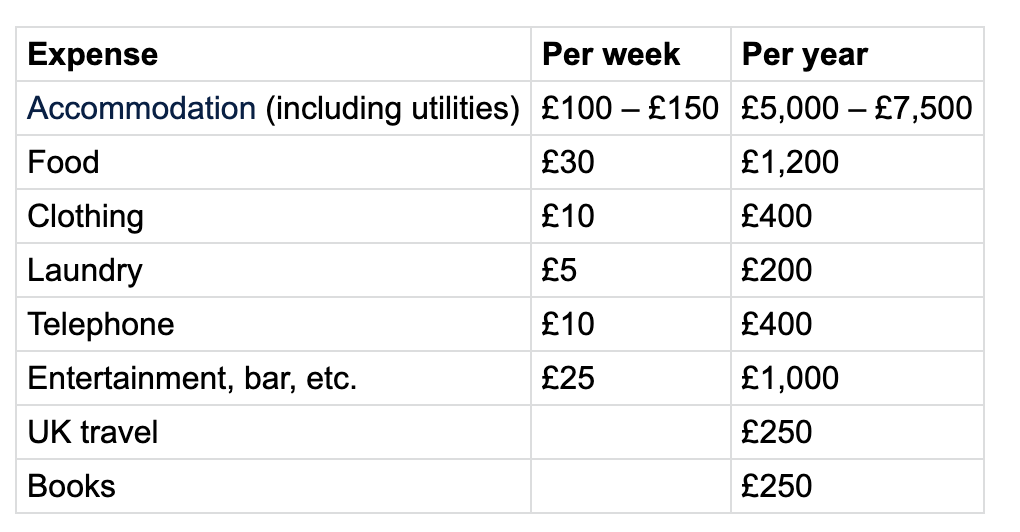Living costs information for students – Director’s Cut
Jim is an Associate Editor (SUs) at Wonkhe
Tags
A couple of weeks ago I looked at whether – two years after I started to look at the issue – university student living costs information for students had improved.
I left a few examples out.
One university in Yorkshire recommends that international students prepare a budget to cover costs including accommodation, food, transport and social activities – and to help, has a “per month example”:
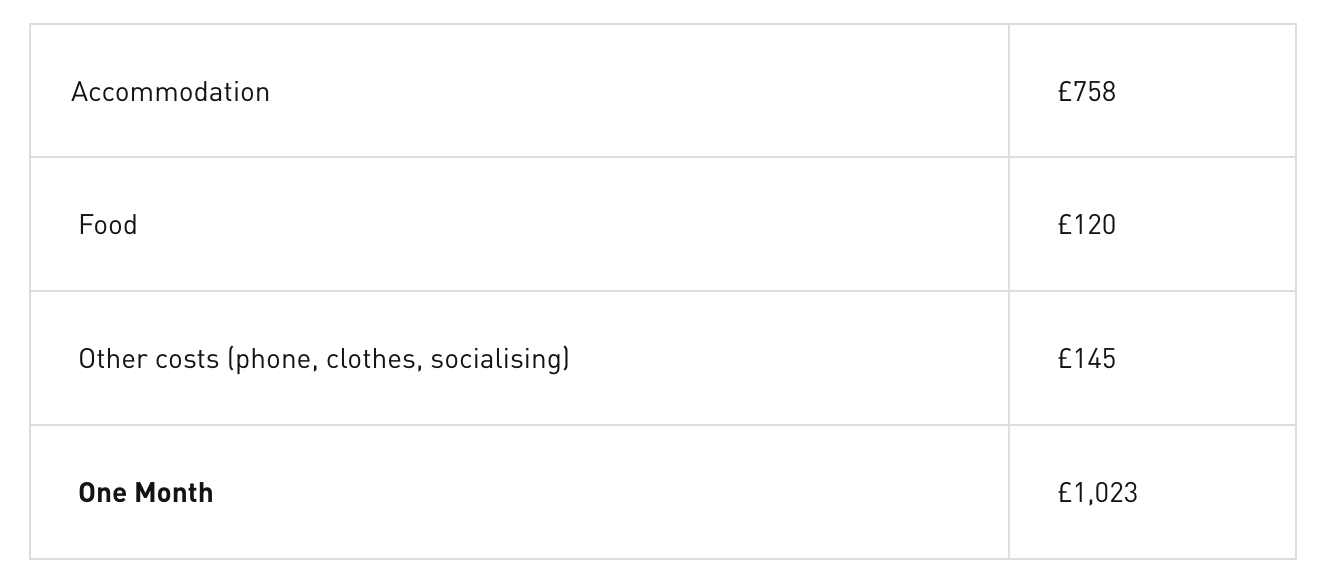
That just so happens to add up to £9,207 – exactly the same as the amount that UKVI says students have to show in their account, an amount that hasn’t been increased for several years.
That’s probably why the amounts have barely risen since 2020 – when the “example” added up exactly to the UKVI amount of (then) £9,135 too:
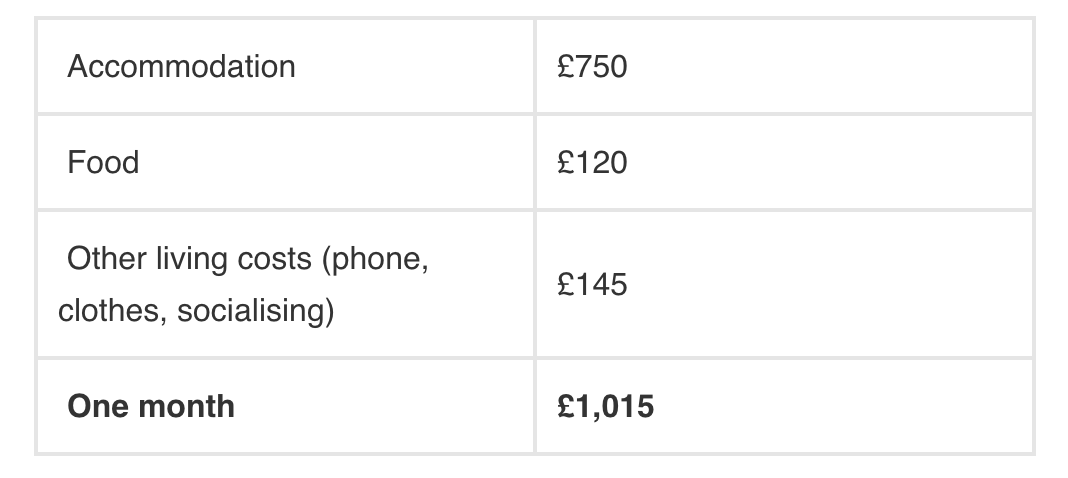
“Sticking to a budget will help you to stay in control of your finances”, says one university in the South East – adding that it’s “important to save a little too”, so students “always have money for unexpected events.”
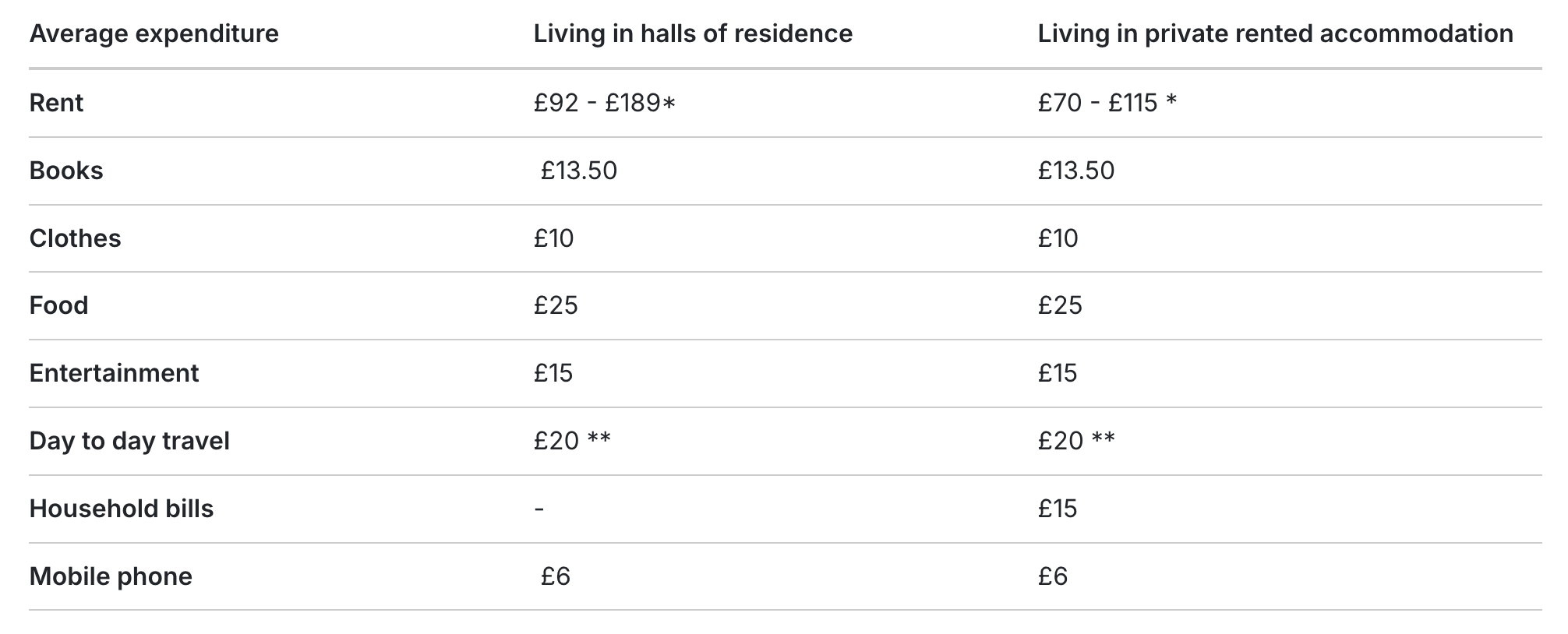
Of course, one of the “unexpected events” that might prevent saving up is inflation – which will almost certainly have kicked in since its chart was originally published in 2018, with only the price of housing updated:
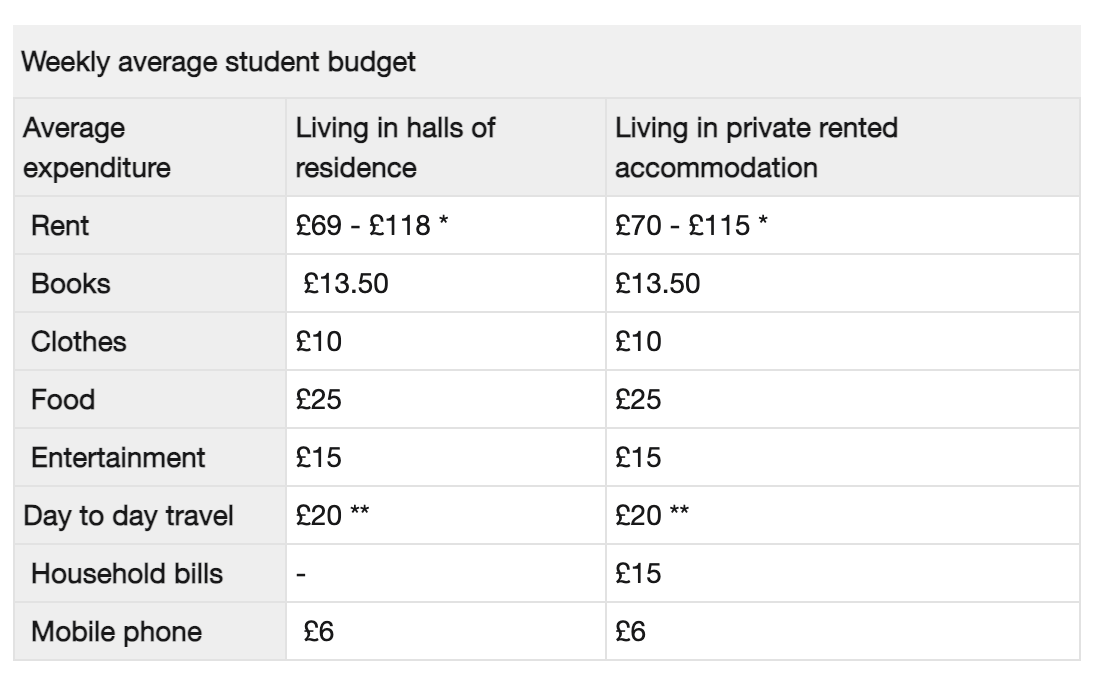
One university in Scotland helpfully provides basic averages based of costs based on information supplied by “current students” and the “current rental climate”:
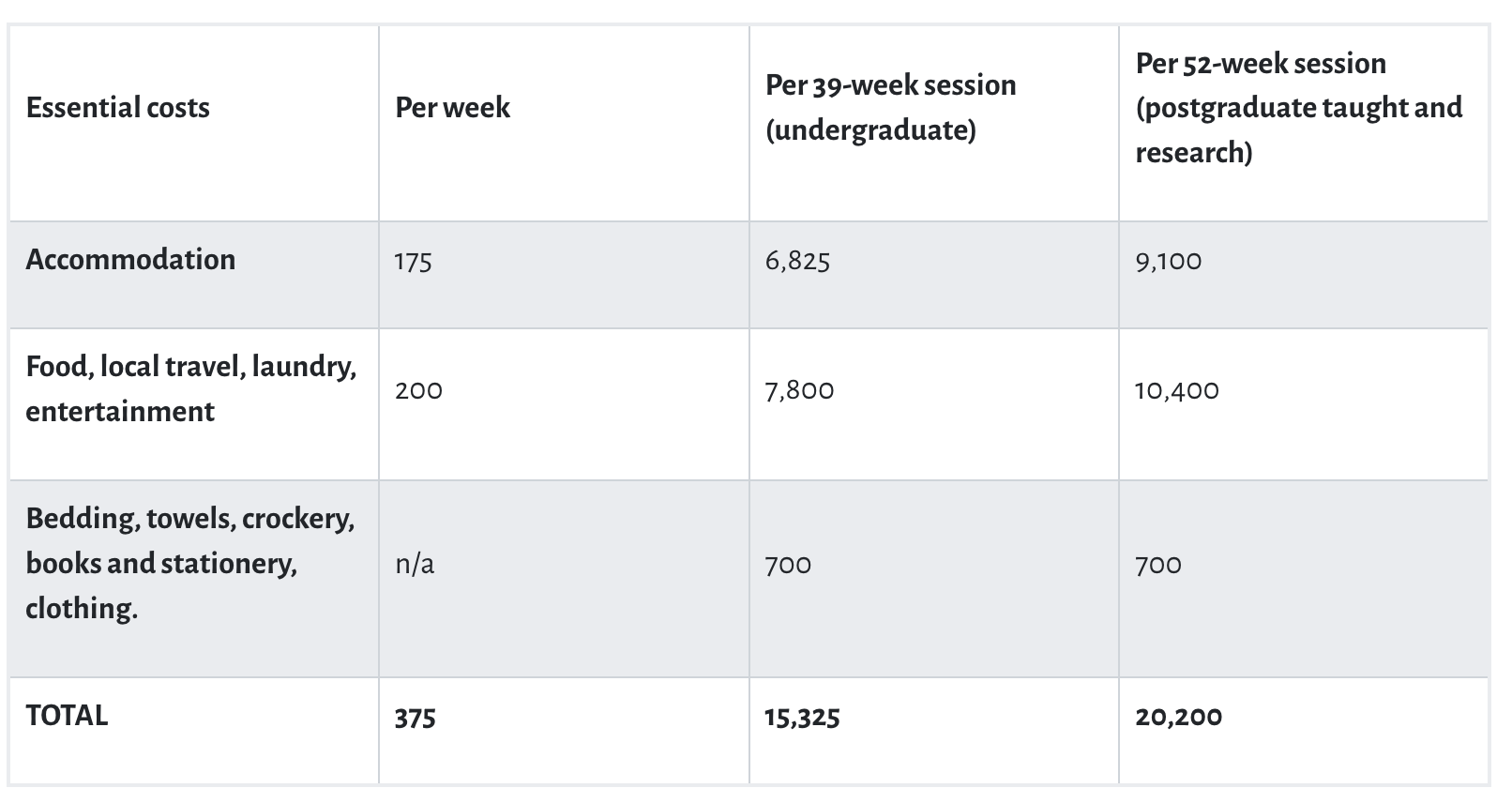
It adds that if students’ studies will last for more than one year, they should take into account the annual increase in the UK cost of living. It’s not something that the university itself seems to have done – listing identical costs for “food, local travel, laundry, entertainment” and “bedding, towels, crockery, books and stationery, clothing” as it was over a year ago:

![]()
One university in the West Midlands lists a number of “essential weekly costs” to be factored into the budget to cover basic living needs:
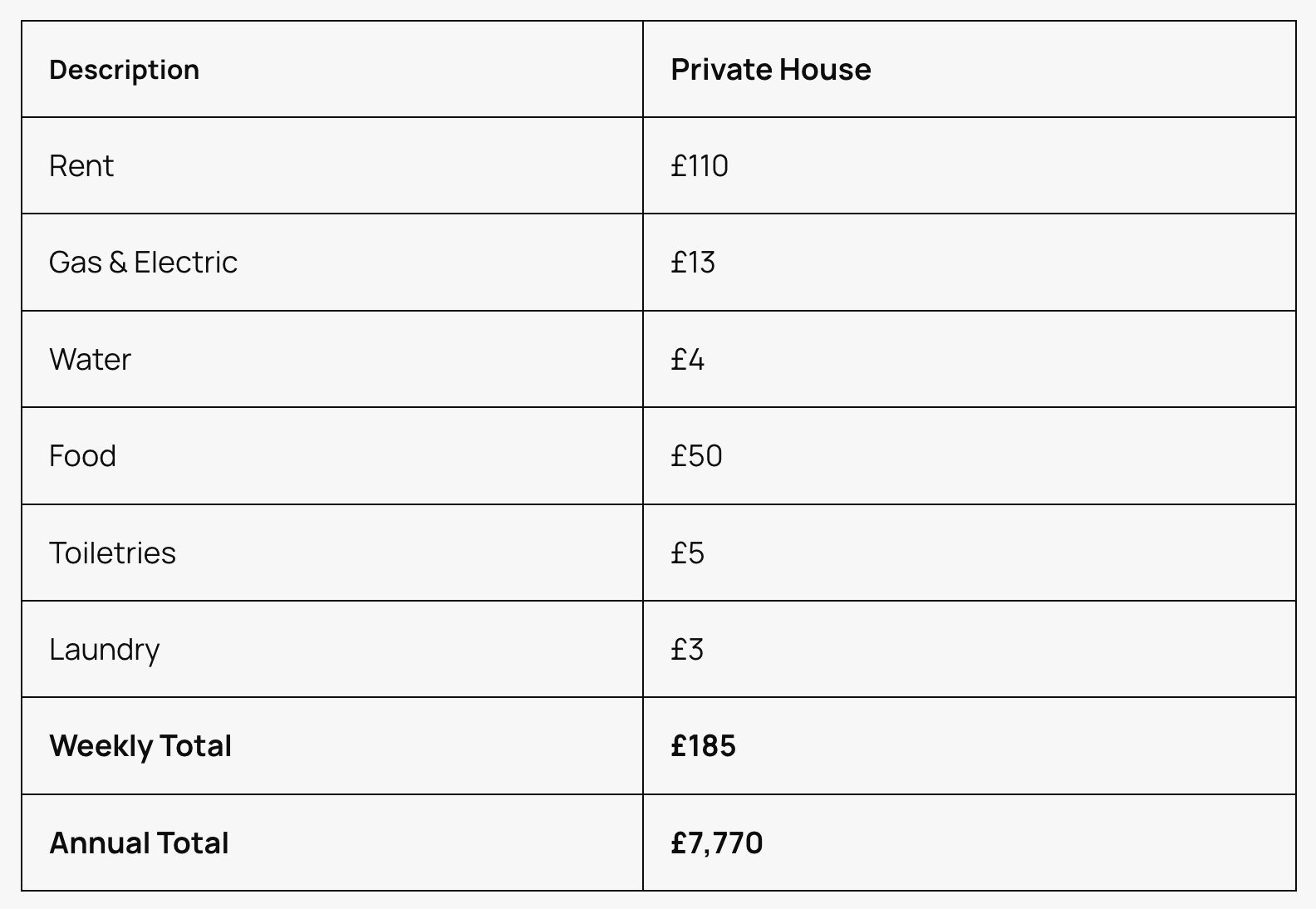
Rent and bills are up a bit – but the cost of food, toiletries and laundry have somehow not shifted since 2022:

And magically, neither has the cost of travel, clothing, internet or mobile phone:
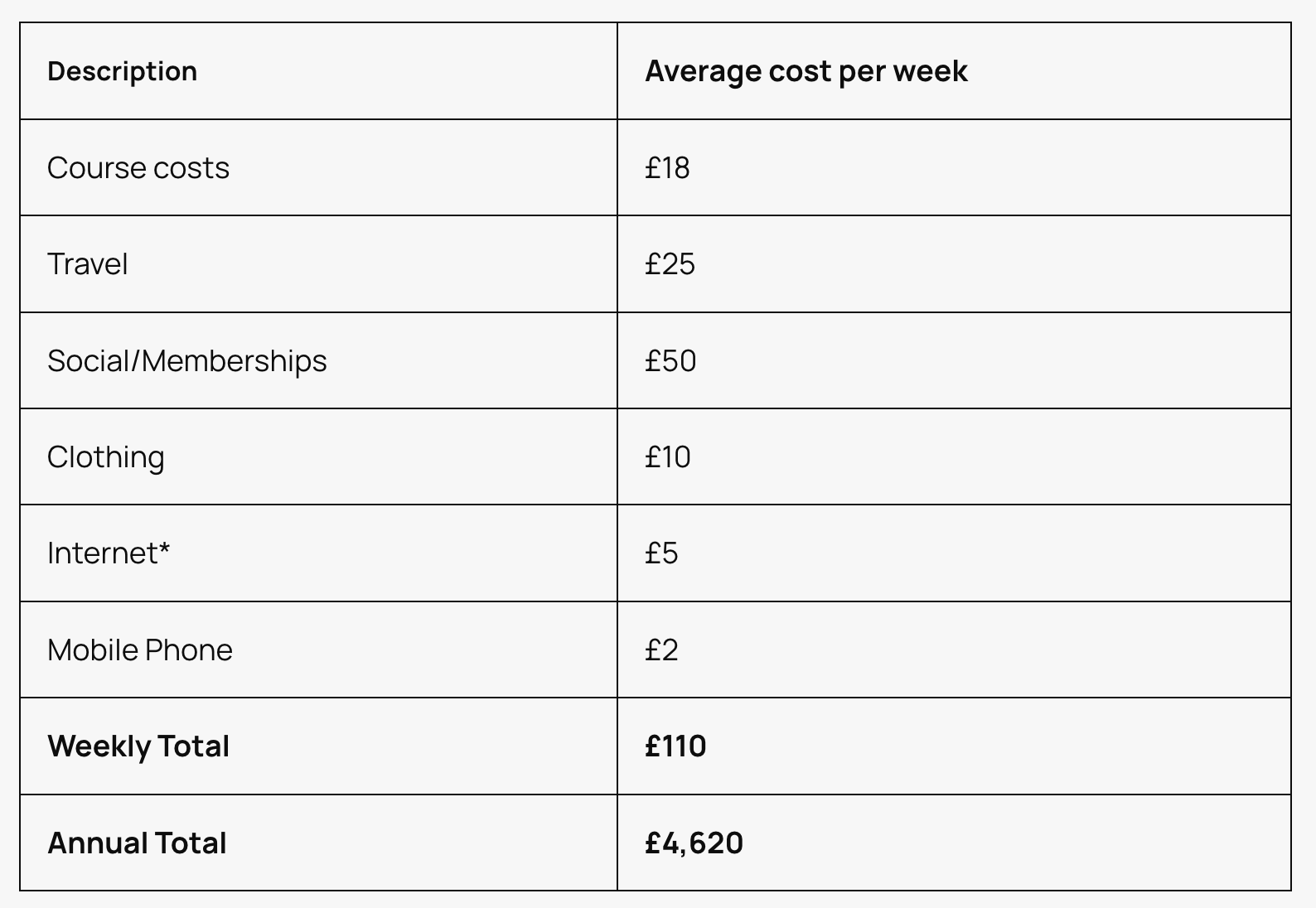
At one university in London, figures given “reflect a range of essential and non-essential expenditure that might be incurred”. Rent, utilities bills and insurance has changed since since 2017 – but the cost of groceries, cleaning supplies, toiletries, and laundry bills, haircuts, clothes, mobile phone bills and “the cost of dry cleaning of concert clothes” have seemingly not gone up at all:

Being a medic can be quite pricey, so one joint medical school lists typical costs for accommodation and living. It includes the cost of rent for a single room on-campus, starting at £121 a week:

The problem is that the page is from May 2023, and the cheapest room on campus in 2024-25 that I could find now seems to be £141 a month, and that’s only if I sign a 52 week contract:
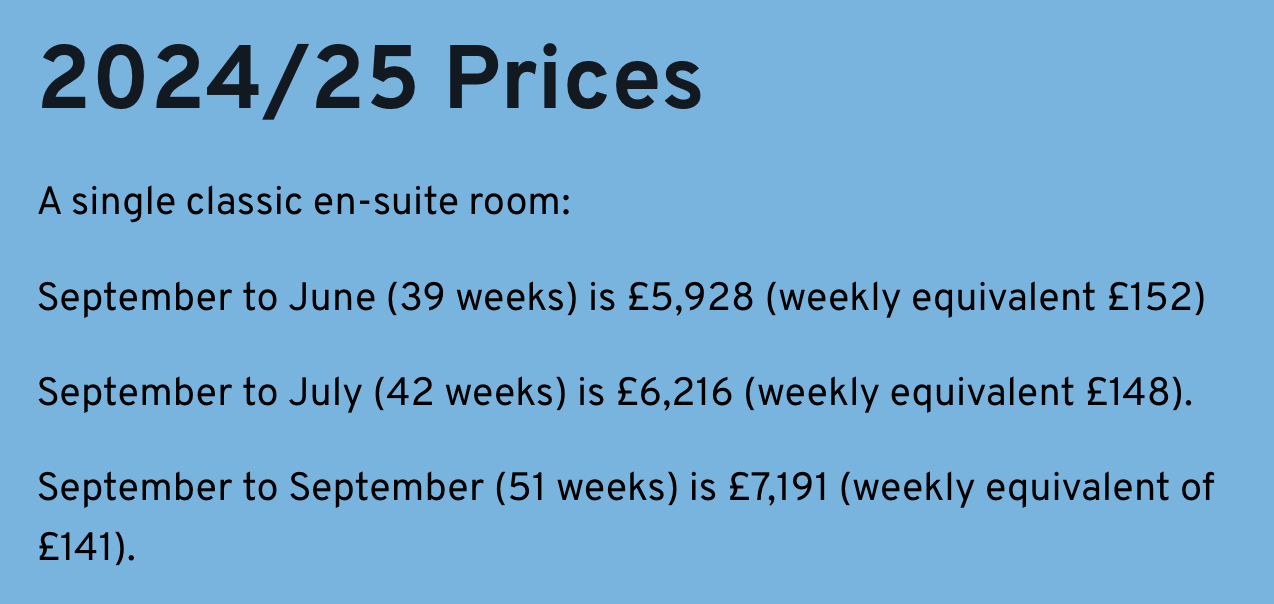
In Northern Ireland, one university has an outline of what students can expect to spend as an international student living in Belfast:
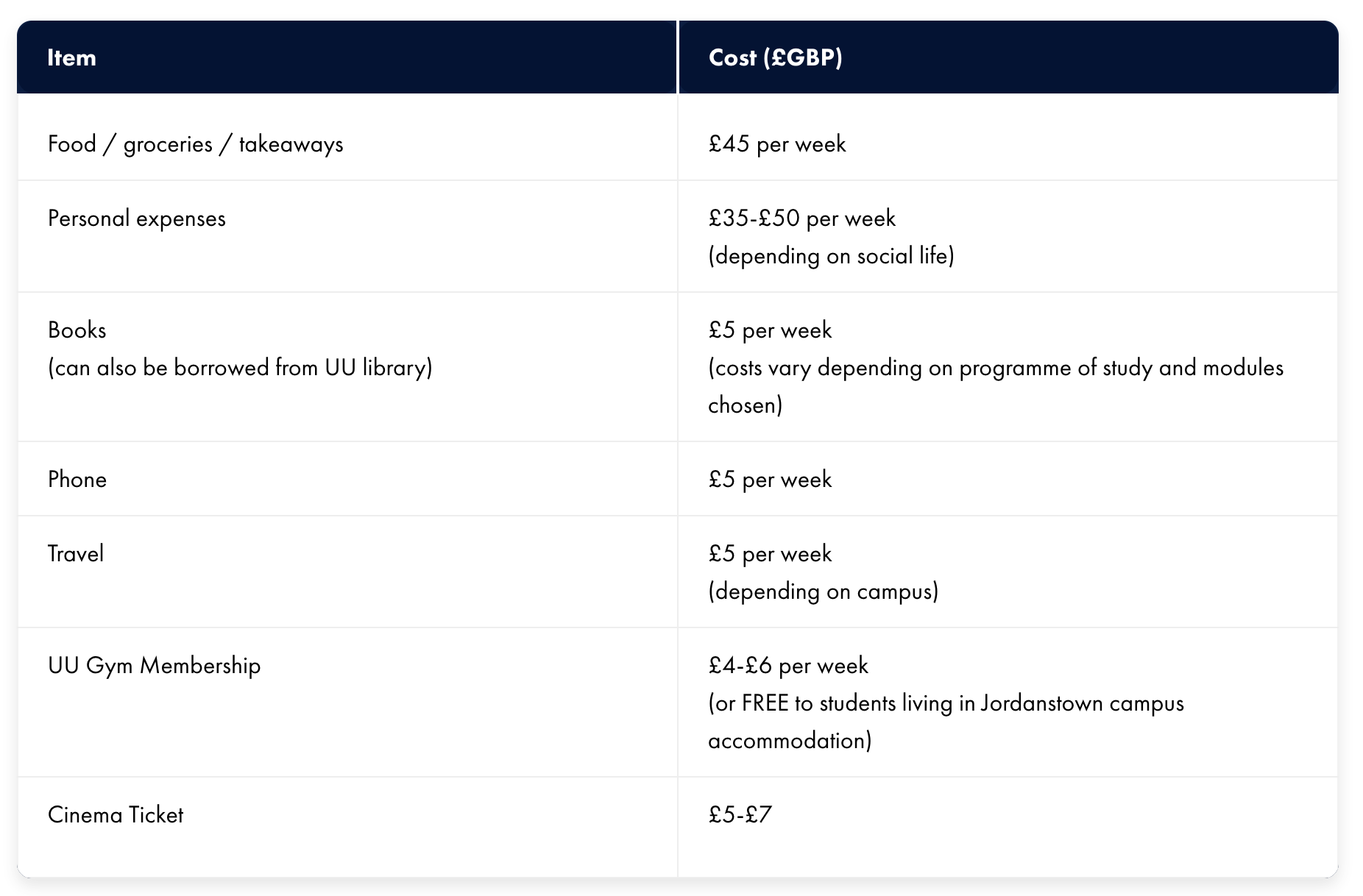
Someone has remembered to update the top of the page, boasting about the cost of living comparison between Belfast and London – but apparently not the rest, which hasn’t changed since 2022:
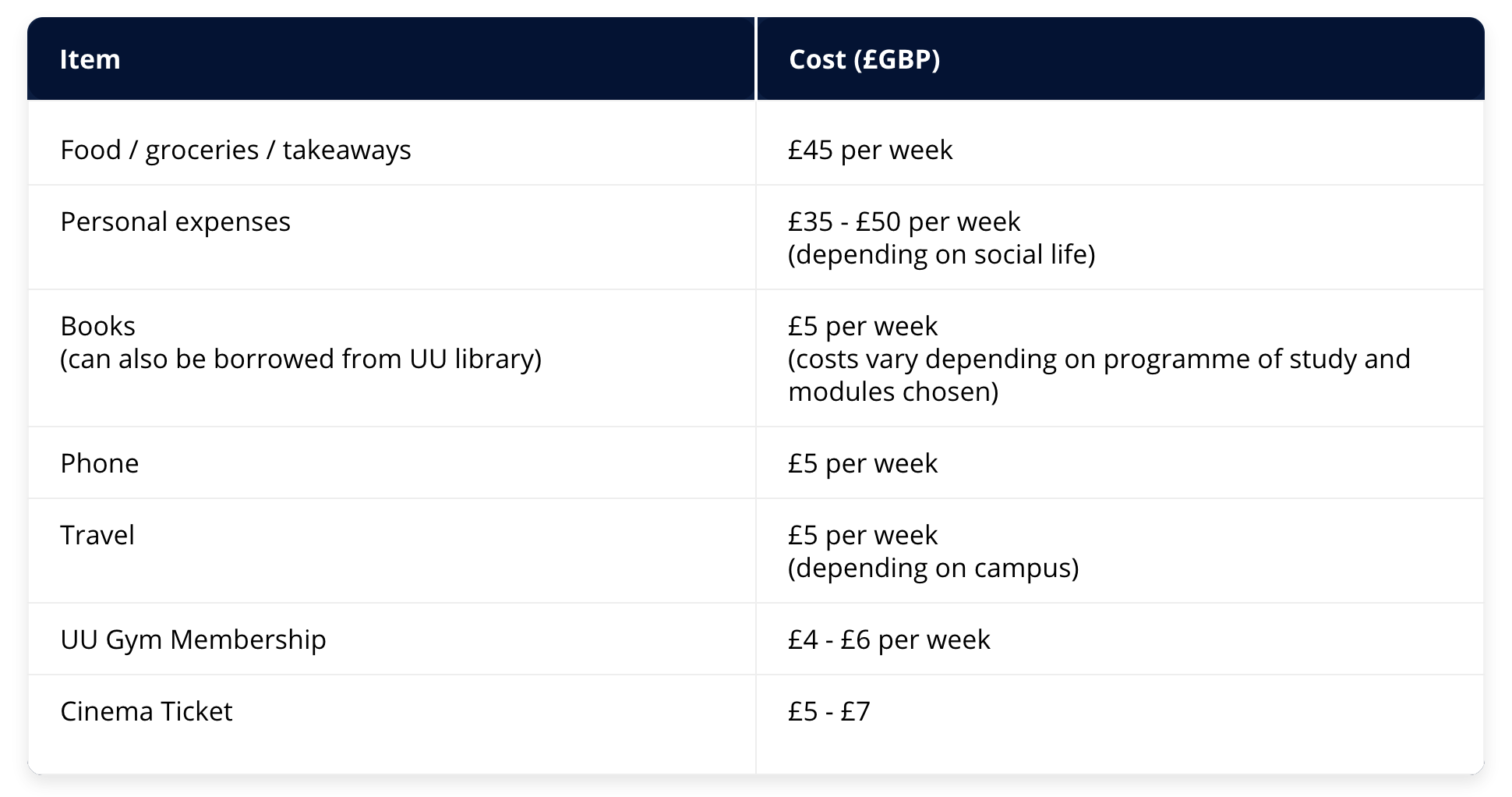
At one university in Yorkshire, international students are told that it’s important to plan ahead to ensure that students will have enough money to pay for tuition fees and “real” living costs:

Somehow, while housing is up and the cost of Books and Stationery and Clothing/Shoes have increased since 2022, other costs are either frozen in time or have fallen:

Another in the West Midlands hasn’t updated this page since at least 2020:
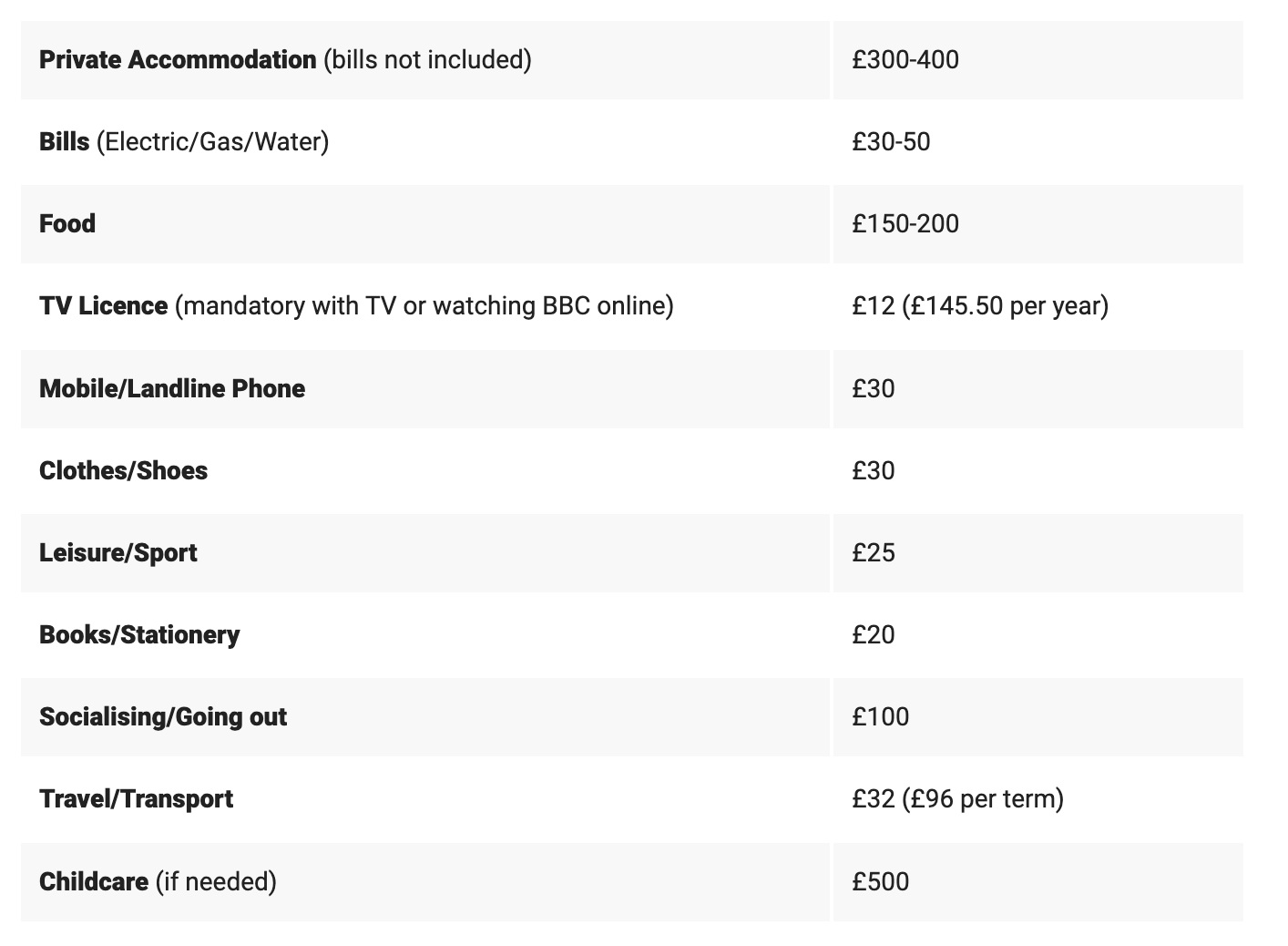
And this university in the North West hasn’t touched its pages in over a year:
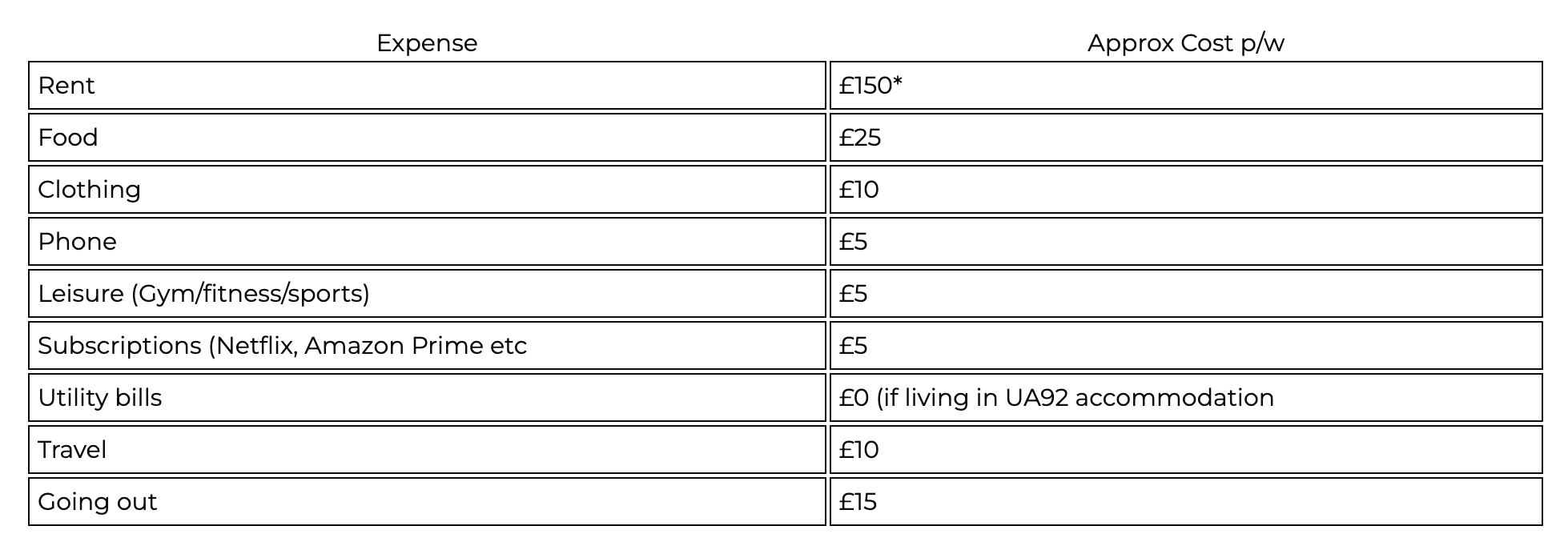
Oh – and until a few days ago, one university in the South East was telling applicants that it had “talked to students” to estimate student living costs that included £1,200 a year in food and £400 a year in clothing:
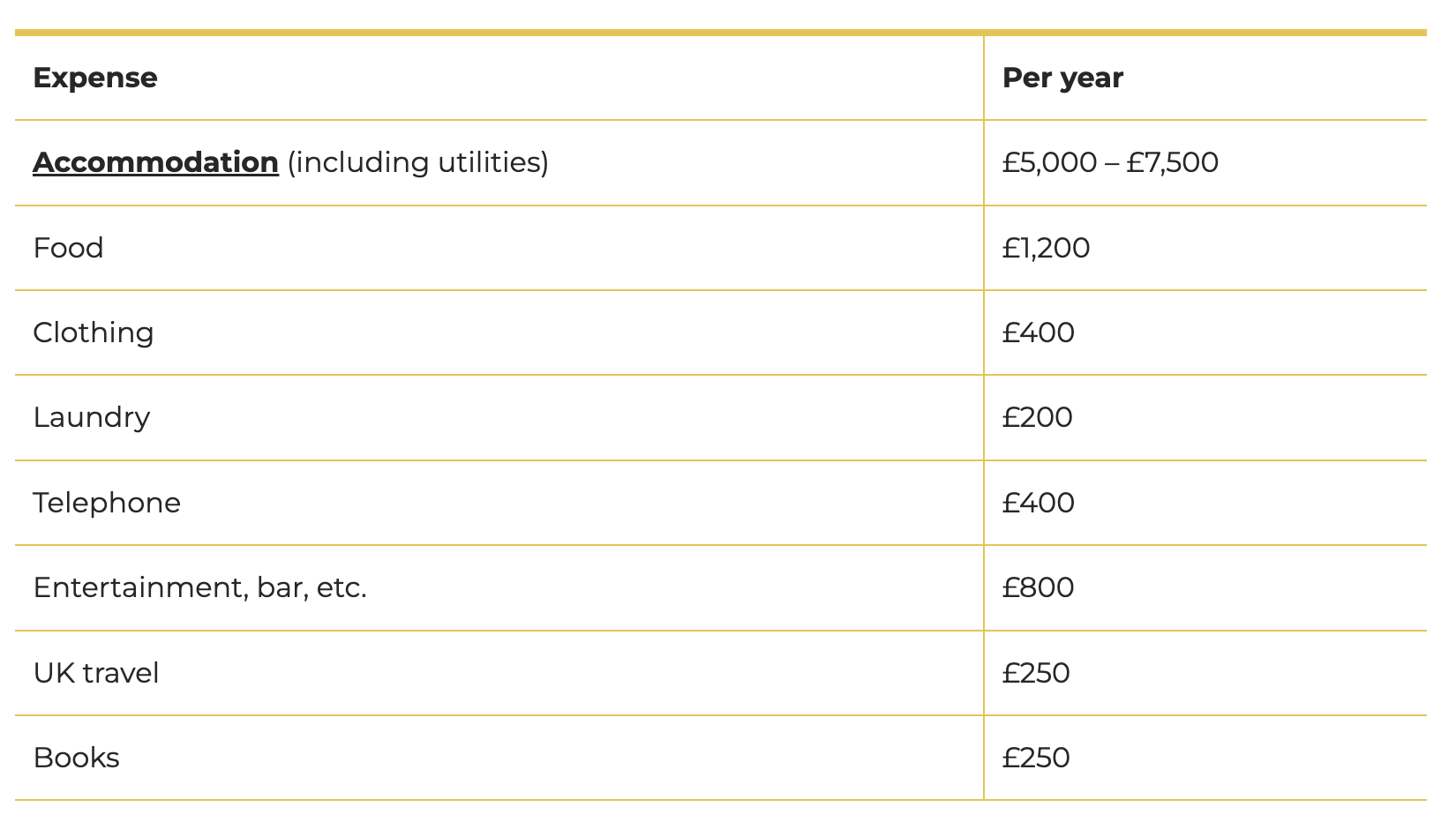
It opted not to tell applicants that it spoke those students in… 2014:
